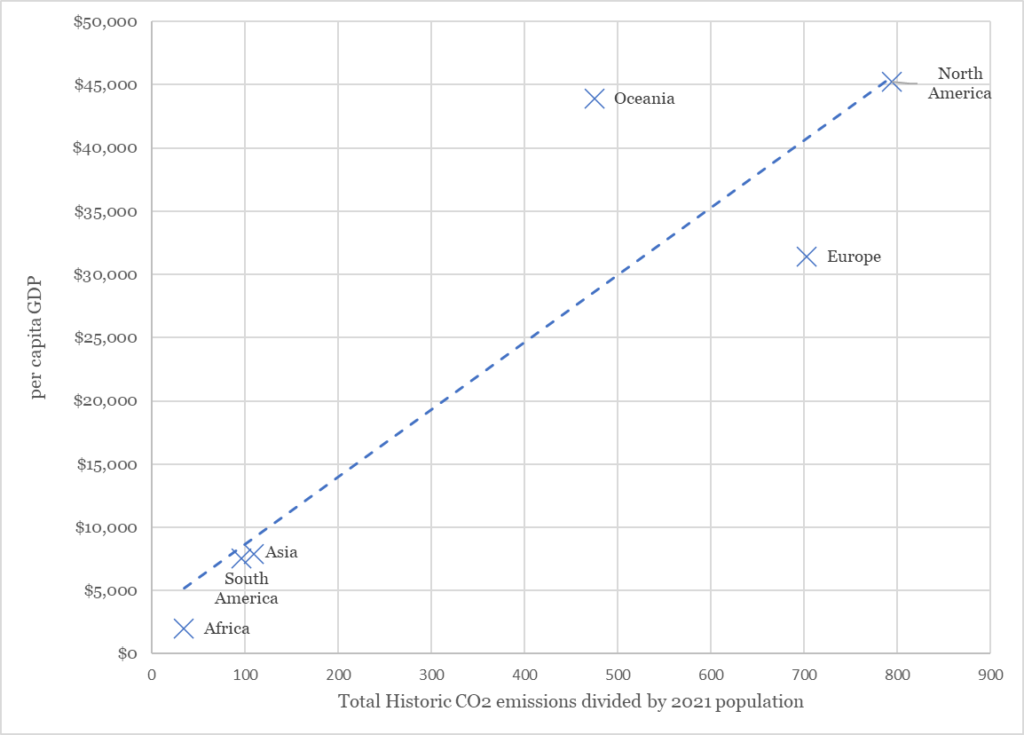Engineers caused the Climate Emergency. Only engineering simulation can save us from it.

It’s been over 320 years since Thomas Savery invented the first device that could reliably (if not efficiently) convert the chemical energy stored in fossil fuels into useful kinetic energy.
Savery’s “engine” converted less than 1% of the chemical energy supplied to it into useful mechanical work. However, its invention, and subsequent improvements by Newcomen and Watt, heralded the start of the industrial revolution, which delivered the most significant improvement in the quality of life that our species has ever experienced.
Unsurprisingly, industrialisation also led to a rapid increase in population.
Our civilisation built by greenhouse gases
In 1700, before the start of the Industrial Revolution, there were only 600 million people on the planet (about twice the population of the modern USA). That population emitted minimal greenhouse gases, burning mainly wood or small amounts of surface coal. Pre-industrial populations relied on animal and (sometimes forced) human labour, together with wind and water power, to perform mechanical tasks.
Today the population of the world is more than 7.8 billion. It took us 99.5% of our 300,000-year history as a species for the human population to exceed 80 million people. The world population now grows by more than that every year. By 2056, the UN estimates, the population of the world will exceed 10 billion people. Almost all of those people are desperate for a quality of life entirely dependent on plentiful supplies of cheap energy.
Energy is the only universal currency. Those economies with access to the cheapest energy (either through the fortune of geographical location or by military conquest) are generally the richest. Since the beginning of the Industrial Revolution, the human race has become entirely dependent on the cheap and plentiful supply of energy. It feeds us, lights our evenings, fuels our movements, keeps us warm in the winter and cool in the summer, and provides endless piles of disposable “things” that we use as a temporary substitute for happiness. In 2018 our species used 160 PWh of energy.
An average healthy, fit person can sustain about 100W of manual work. Across a ten-hour working day, that’s about 1kWh of work done. We generate (and therefore consume) about 60kWh of energy per person every day as a species. So on average, each of us consumes 60 times more energy than we could possibly generate through manual labour alone. And that’s a conservative estimate. Many of those people are too young or too elderly to pitch in their 1kWh of energy. In rich industrialised countries, many of us consume far more than our fair share of energy. About 87% of that energy comes still from the combustion of the decomposed remains of ancient organisms (natural gas, crude oil and coal).
Consequently, every year, our species causes the release of 51 billion tonnes of greenhouse gas into the atmosphere. Almost three-quarters of those emissions are carbon dioxide (CO2), with methane (CH4), nitrous oxide (N2O), and fluorinated gases also making a significant contribution. The bad news is, despite efforts to reduce greenhouse gas emissions, total emissions have not yet peaked:
Climate change is a symptom of over-consumption
In total, our species has spewed over 1.6 trillion tonnes of carbon dioxide into the atmosphere (and oceans) since the dawn of the Industrial Revolution, almost doubling atmospheric carbon dioxide concentrations in the process (from 200 ppm to over 400 ppm).
It should come as no surprise that those countries (and continents) that have historically contributed the most to atmospheric carbon-dioxide pollution are those which currently enjoy the highest standards of living (or at least are economically the richest). Our civilisation is quite literally built on coal and oil and gas.

I don’t want to waste too much space here talking about the devastating consequences of not reducing those net emissions of CO2 to zero by 2050; Greta Thunberg does a much better job of that than I. However, the headlines include widespread flooding, famine and pestilence, economic collapse, forced mass migration and regional conflict. Basically an ongoing disaster of biblical proportions.
And it isn’t just a future consequence – according to the World Health Organisation, the effects of climate change already cost an estimated 150,000 lives per year. Rising to 250,000 per year from malnutrition, malaria, diarrhoea and heat stress by 2050
There are just two numbers that you have to know about climate change, the first is 51 billion. The other is zero.
Bill Gates, “How to Avoid a Climate Disaster”
If we are going to avoid, or even mitigate, the devastating effects of anthropological climate change, then, in the next twenty to thirty years, we’re going to have to almost completely wean ourselves off our reliance on fossil fuels. That means reducing 51 billion tonnes of greenhouse gas emissions to almost zero while providing an acceptable standard of living for 10 billion people. This is the greatest engineering challenge that our species has ever faced and essentially means re-solving every difficult engineering problem that we have overcome in the 250 years since the Industrial Revolution.
Engineering a solution
In the title of this article, I blamed engineers for the climate emergency. After all, Savery, Newcomen and Watt’s inventions unintentionally prised the lid off of the Pandora’s Box of greenhouse gas emissions. This is a deliberately provocative (and rather trite) argument. The Industrial Revolution (like the Neolithic Revolution before it) was an inevitable consequence of human population growth and would have happened eventually, irrespective of the individuals involved. Like most modern engineers, like you and I, they were just trying to improve the world that they lived in.
However, having prised the lid off of this Pandora’s box, it is absolutely beholden on modern-day engineers to use all of their powers of engineering innovation to engineer new low-carbon solutions to old problems.
At the beginning of this blog, I talked about the invention of the combustion engine. Despite three centuries of engineering effort, the combustion engines that power our society are neither particularly elegant (there are tens of thousands of parts in typical petrol or diesel engine). Nor are they energy efficient (much less than 35% of the fuel used tank is converted to useful kinetic energy). Combustion technology is ubiquitous because fossil fuels are plentiful, cheap and incredibly energy-dense, and (due to all of that expended engineering effort) combustion technology is robust and reliable.
A corollary of this is that low-carbon alternatives are typically more expensive and less reliable. In general, we require a lot more of them to deliver the same amounts of power. This represents a considerable challenge for engineering and a massive opportunity for engineers to start from a clean sheet of paper.
Bill Gates describes the solution to the climate emergency as “innovation by a deadline“. The good news is that the necessary innovation will be fuelled by unprecedented levels of research and development funding from governments desperate to meet emissions targets. The solution to these problems will also involve an economic dividend. As Gates says: “there are markets worth billions of dollars waiting for someone to invent low-cost, zero-carbon cement or steel, or net-zero liquid fuel. Making these breakthroughs and getting them to scale will be hard, but the opportunities are so big that it’s worth getting out in front of the rest of the world“.
Engineering simulation and testing will obviously play a crucial role in this transition. As an engineer in 2021, we really are standing on the shoulders of giants. Think about what engineers like Isambard Kingdom Brunel achieved with just a slide rule. Think about what guys like me achieved 30 years ago with 20,000 cell simulations on a computer with less processing power than an iPhone. We have better tools than any other engineer in history.
In the coming weeks and months, we will be exploring the role that Simcenter is playing in the transition to a low carbon future. We will take a deep dive into all aspects of the climate crisis, including power generation, transportation, manufacturing, agriculture and thermal comfort, and investigate how simulation is making those industries less dependent on greenhouse gas emissions. We’ll also be looking at our individual carbon footprints, and examining the role that we can play as individuals in mitigating the climate emergency.



